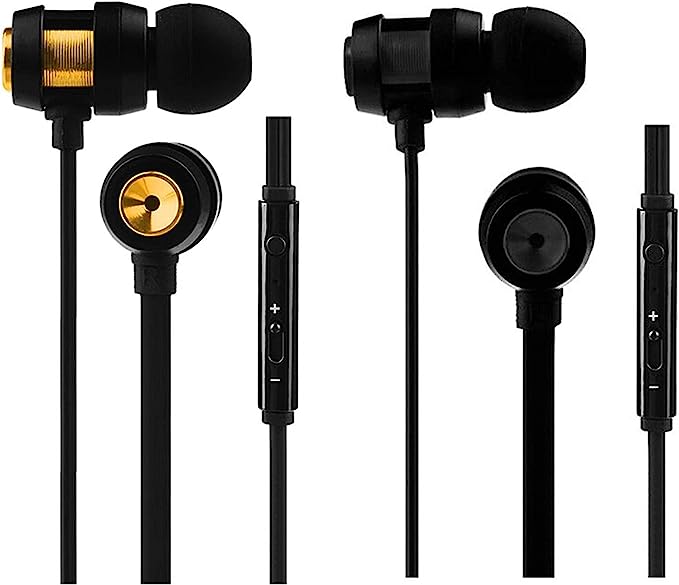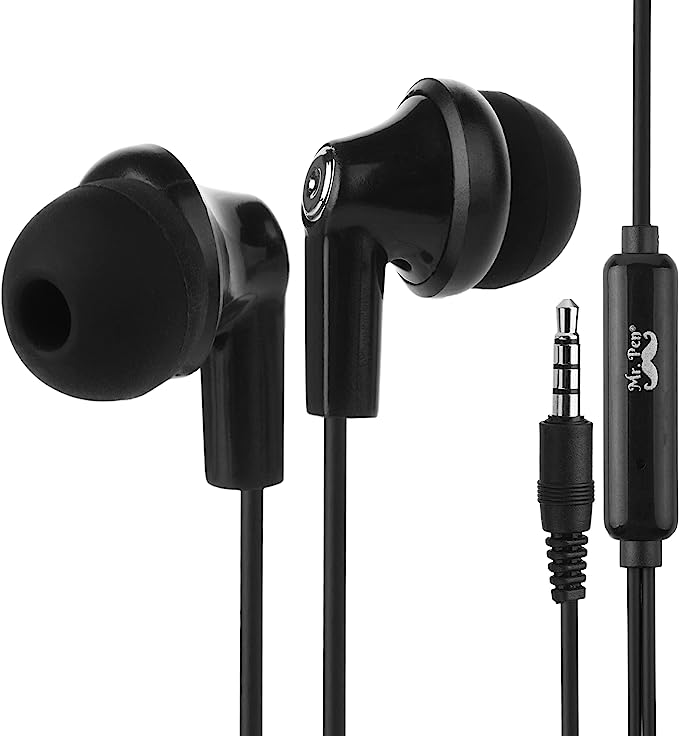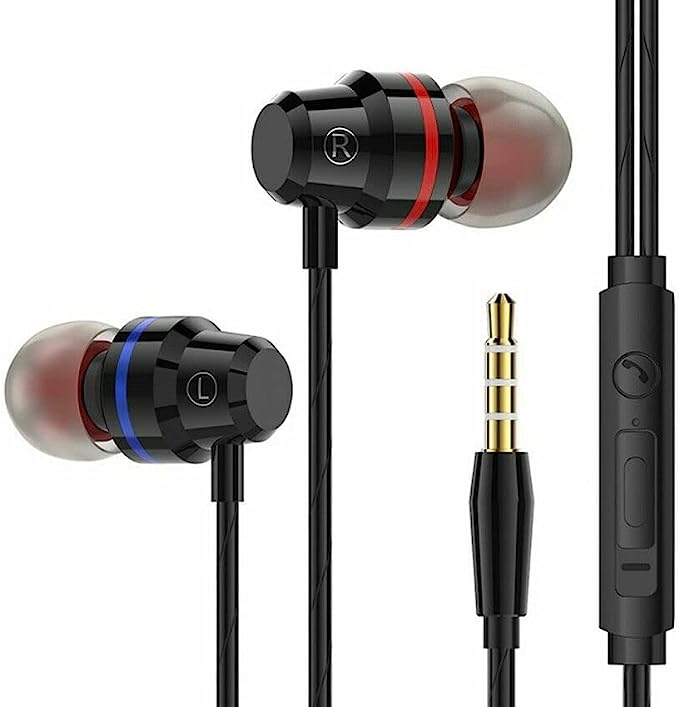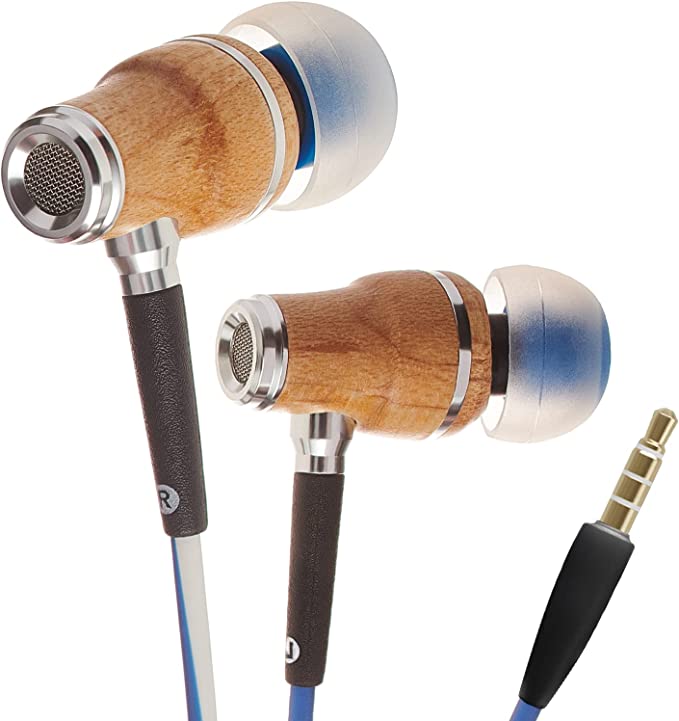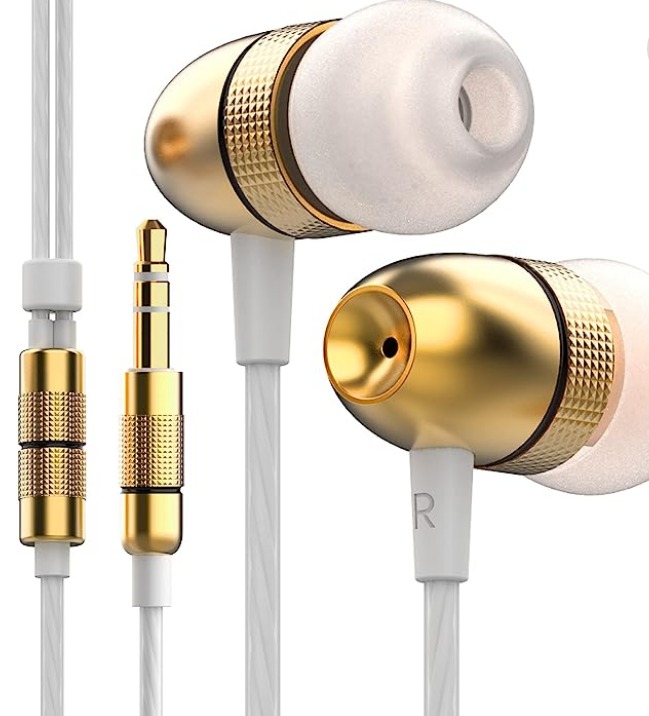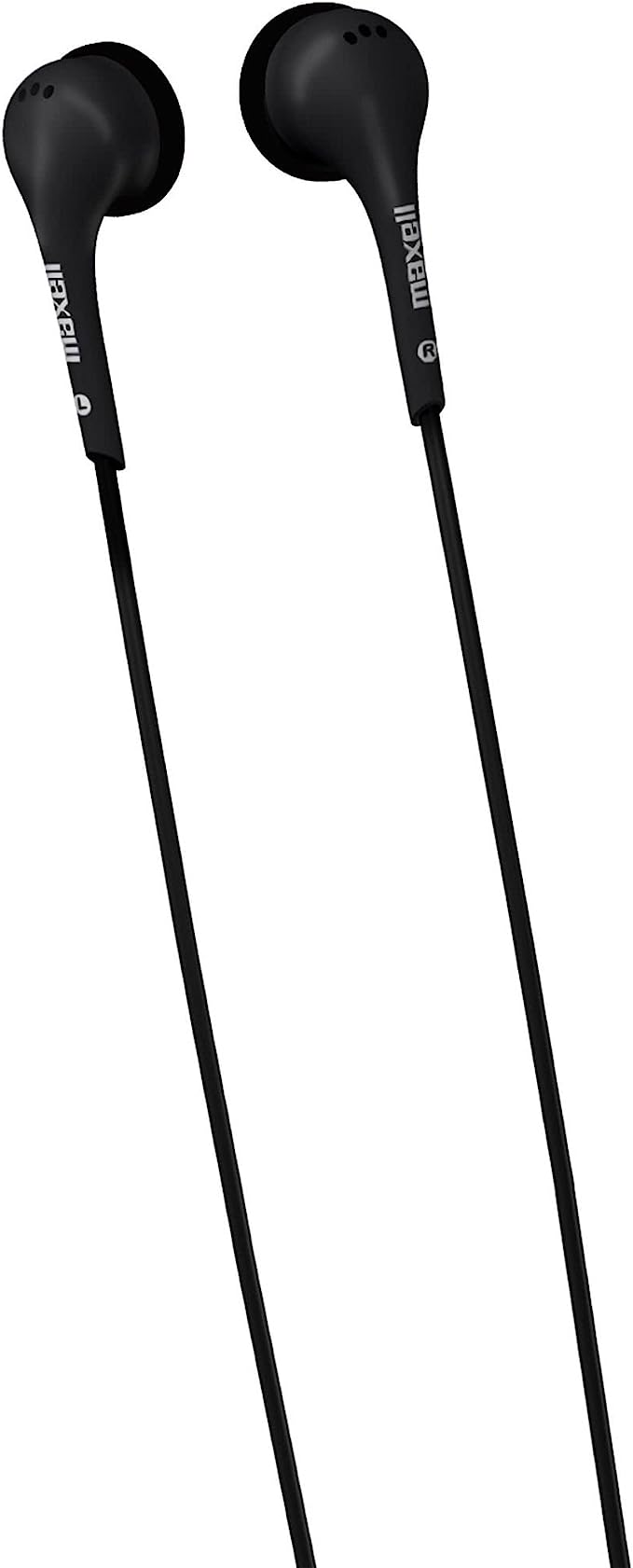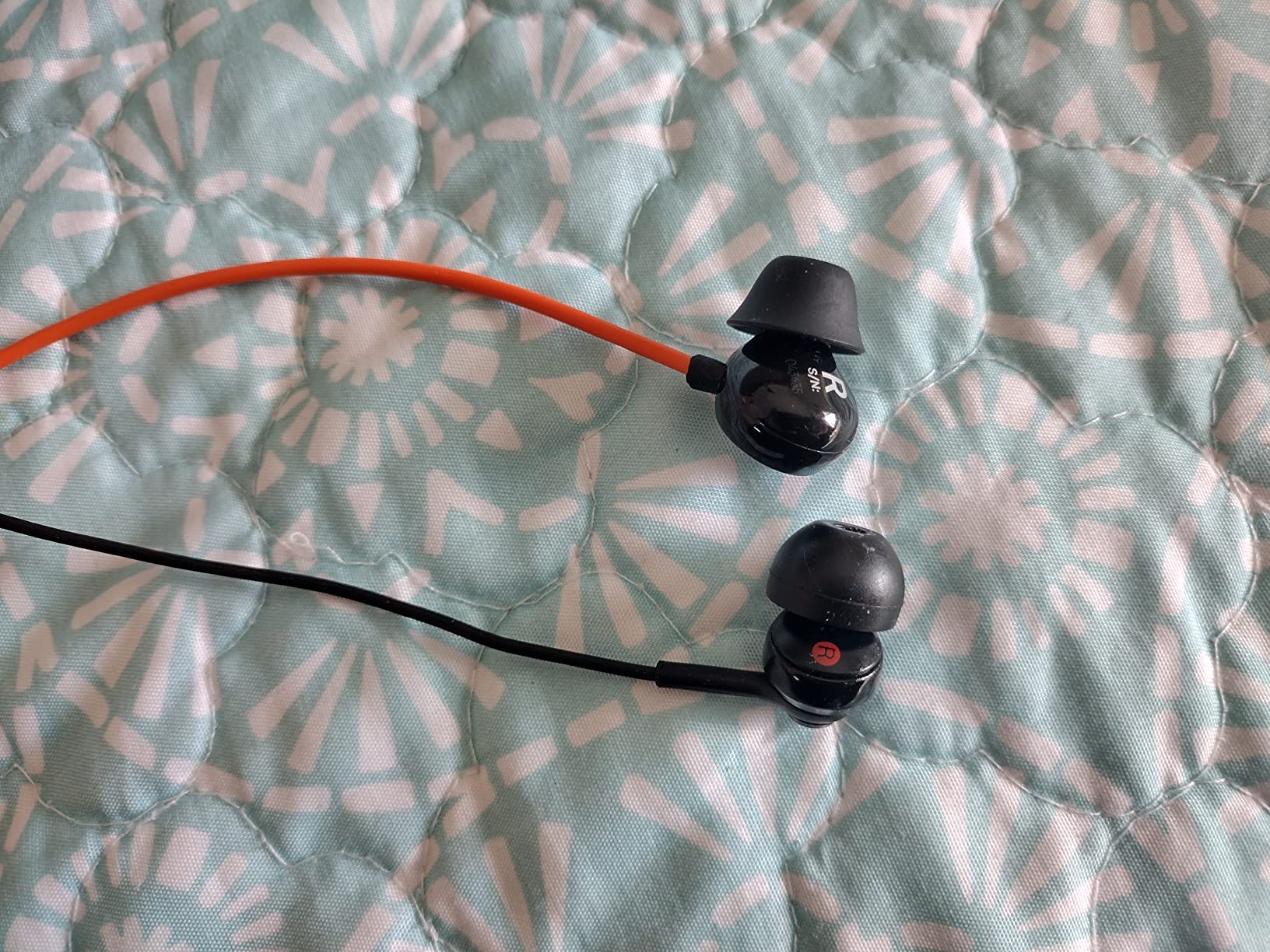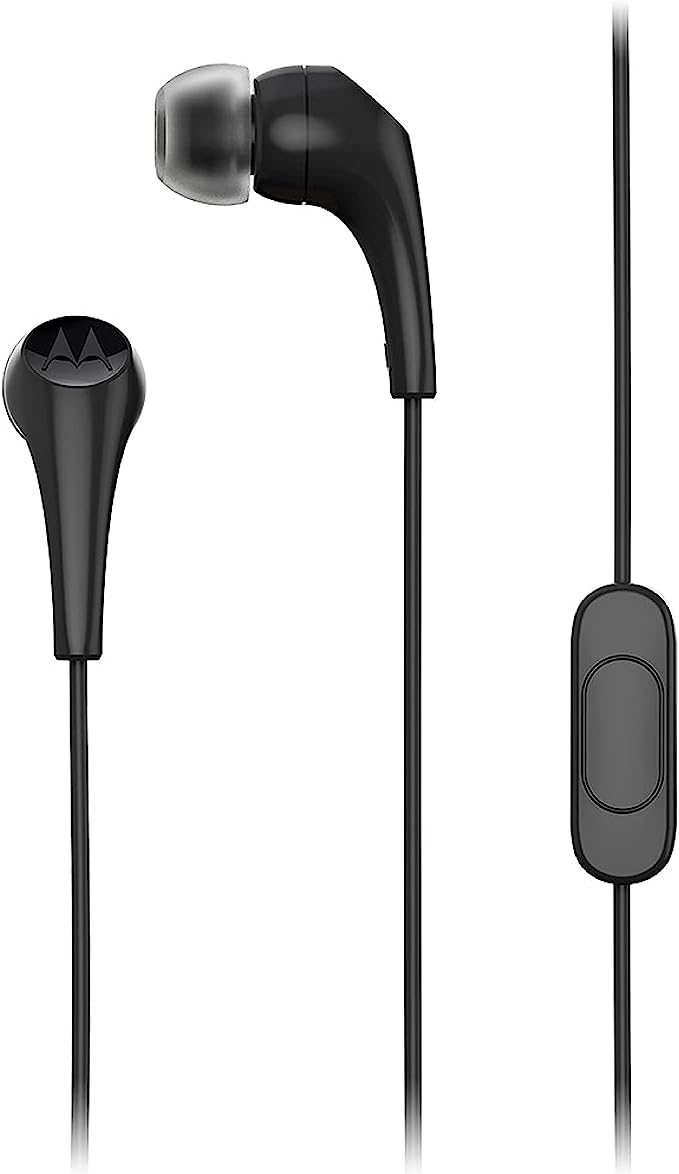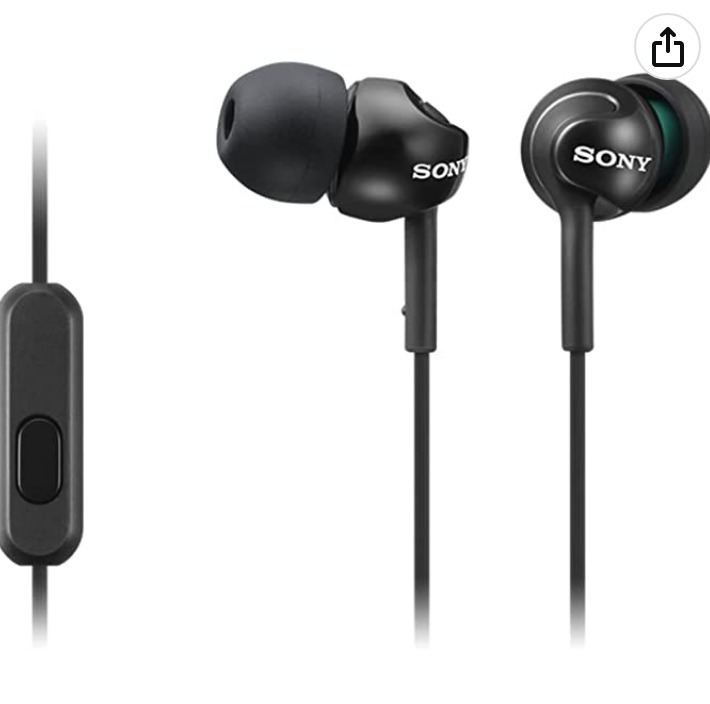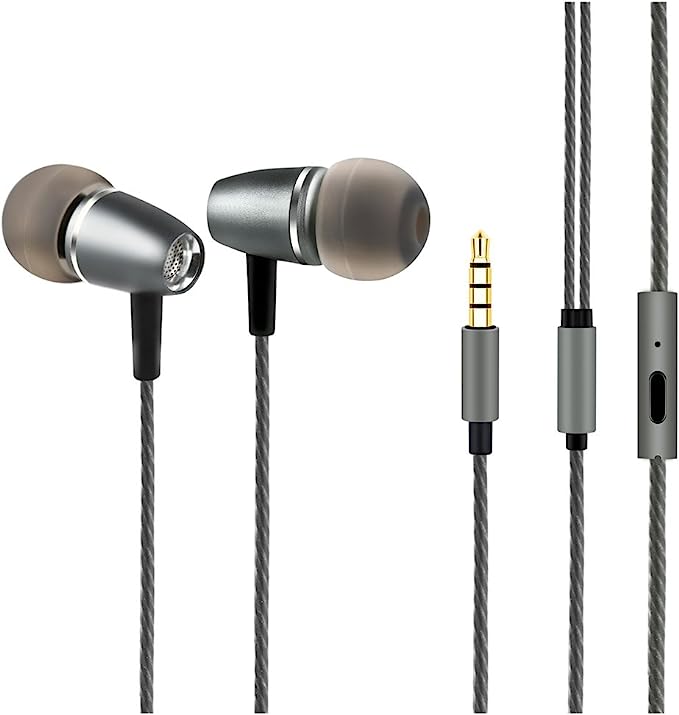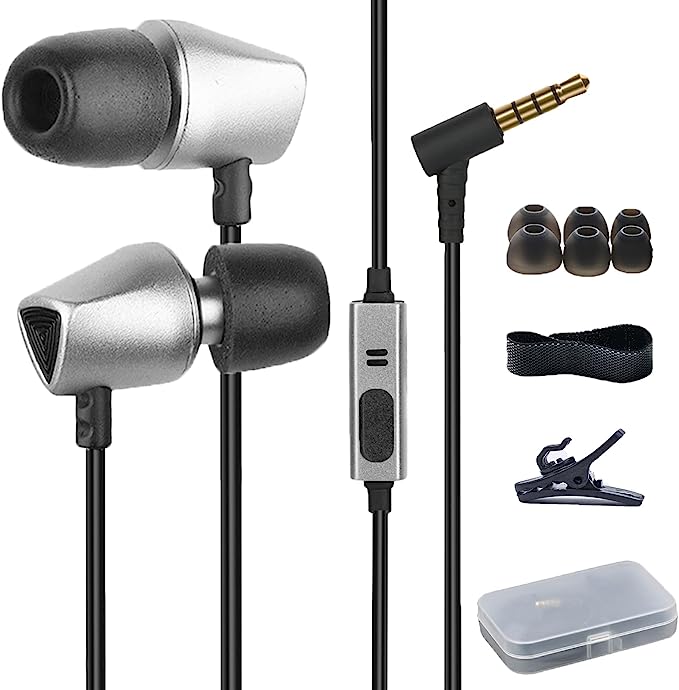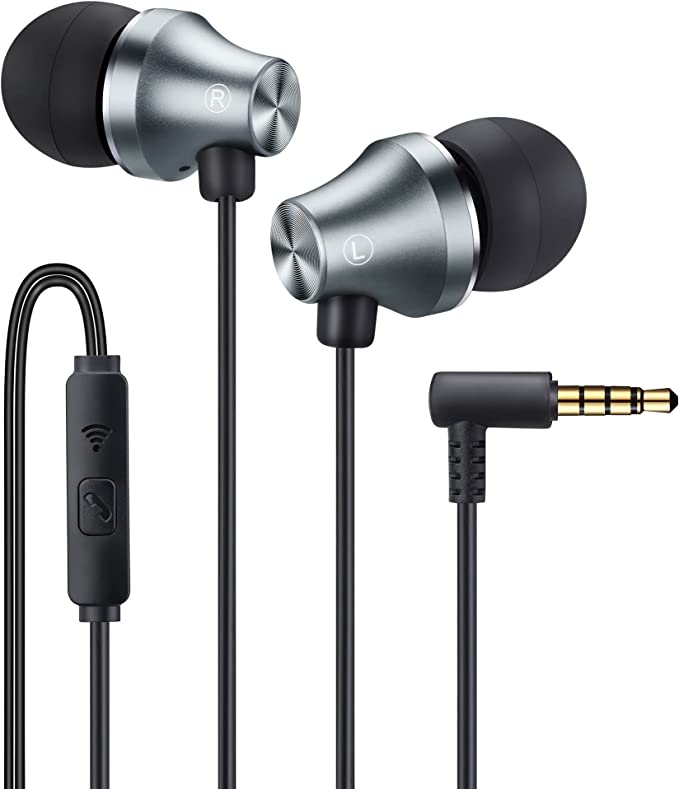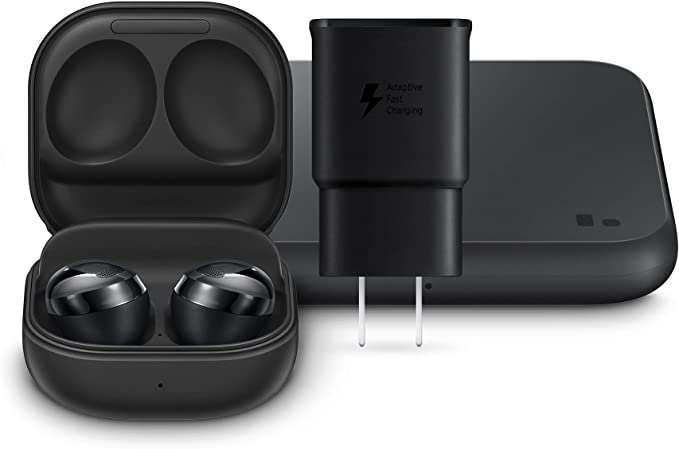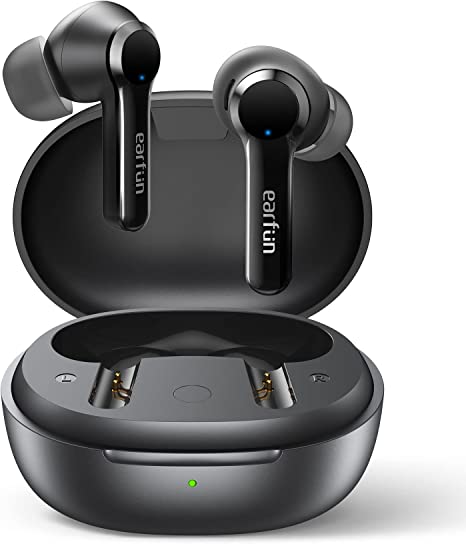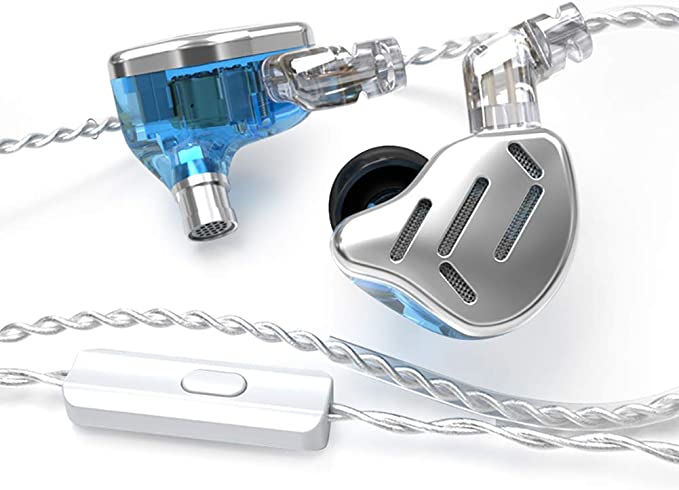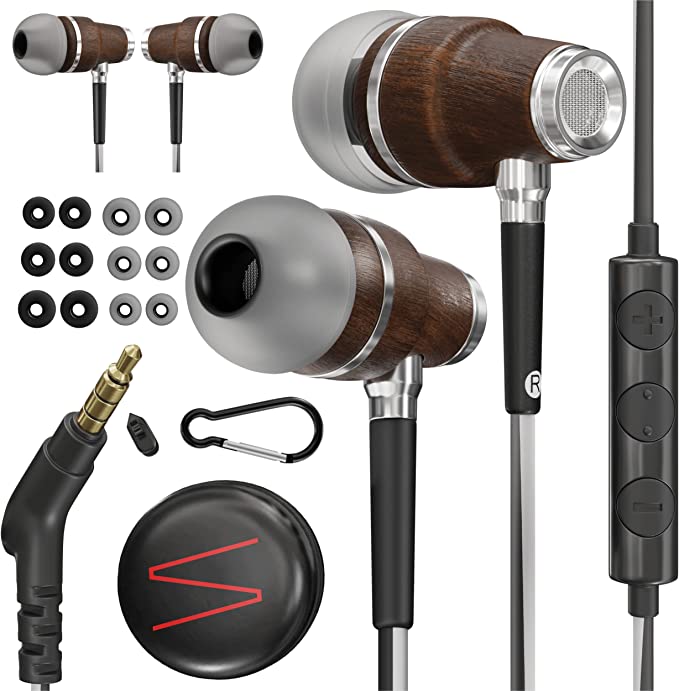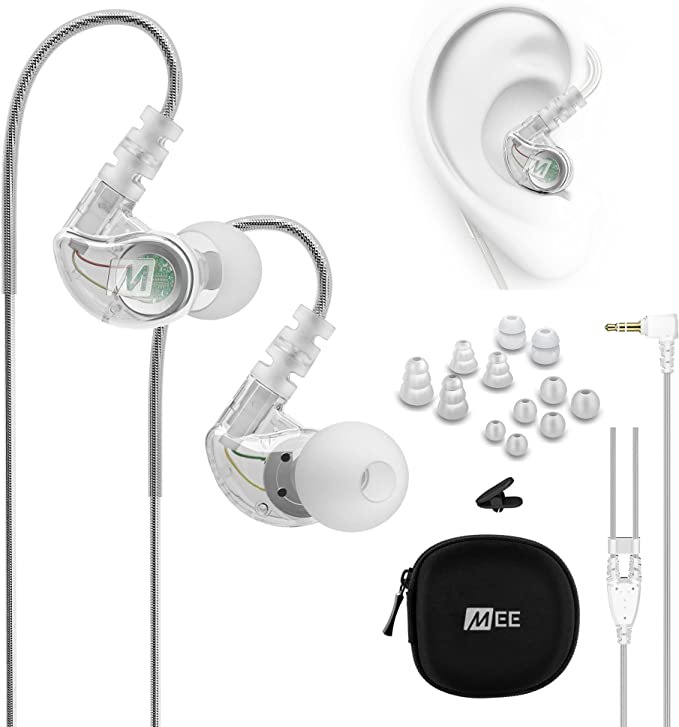Holiper 023 Wired Earphones: A Budget-Friendly Option with Hi-Fi Sound and Comfort
Update on June 19, 2025, 5:32 p.m.
The Unheard Symphony: Exploring the Science Inside Your Wired Earbuds
It’s a ritual for millions: reaching for those unassuming wired earbuds, a tiny portal to a personal soundscape. We plug them in, press play, and are instantly transported by music, podcasts, or conversations. But have you ever paused to consider the sheer amount of science and engineering elegantly packed into these everyday companions? Beneath their simple plastic shells lies a fascinating interplay of physics, material science, and human-centric design. Let’s take a conceptual journey, using the typical features claimed by many wired earphones—like those once listed for the Holiper 023 3.5mm EarBuds (a product currently unavailable and with limited past reviews, serving here as a common example of feature claims)—to unravel the unheard symphony within.

The Journey of Sound: From Digital Whisper to Ear-Tickling Wave
The life of your audio begins as a digital file, but to reach your ears, it must embark on a physical journey, transformed and guided by some clever tech.
Our first stop is often the venerable 3.5mm plug, that familiar metallic cylinder. Its lineage stretches back to the late 19th century, believe it or not, where its larger ancestors connected operators at telephone switchboards. Today’s common TRS (Tip-Ring-Sleeve) or TRRS (Tip-Ring-Ring-Sleeve) versions are marvels of compact engineering. Each distinct metallic section—the tip, the ring(s), and the sleeve—acts as a separate contact point, carrying the delicate analog electrical signals for the left audio channel, right audio channel, and a common ground (plus a microphone channel in TRRS plugs). This simple, robust connector has endured for decades precisely because it does its job reliably, forming the initial handshake between your audio device and your earphones.
Once through the plug, the electrical signals, now analogues of the sound waves they represent, need a pathway. This is where the cable, and specifically its conductive wires, come into play. Manufacturers often tout specifications like a “30-core oxygen-free copper core wire.” Copper, as you might remember from science class, is an excellent conductor of electricity, second only to silver in common materials but far more economical. The “oxygen-free” designation (OFC) refers to a refining process that reduces the oxygen content within the copper to very low levels (typically less than 0.001%). The theory is that fewer oxygen impurities mean a more uniform crystal structure in the copper, potentially leading to slightly better conductivity and, more significantly, reduced susceptibility to oxidation (corrosion) over time, which could degrade the signal. While the audible benefits of OFC in the short lengths of earphone cables are a frequent topic of debate among audiophiles, the scientific intent is clear: to provide the purest, least obstructed path for those tiny electrical currents. Imagine it as trying to ensure water flows smoothly through a clean pipe, rather than one clogged with debris.

At the very tip of that 3.5mm plug, you’ll often see a gleam of gold—the result of “gold plating.” Gold isn’t just for show; it’s a scientific choice. While not quite as conductive as copper or silver, gold possesses a remarkable superpower: it’s incredibly resistant to corrosion and oxidation. Think about how silver tarnishes or iron rusts. Similar processes can occur on other metals, creating insulating layers that increase electrical resistance and can lead to crackly, intermittent, or degraded sound. Gold’s inertness means it maintains a clean, reliable, low-resistance contact point, ensuring that the delicate audio signal passes from your device to the cable with minimal loss or interference, year after year.

Now for the heart of the matter: the driver. This is the miniature marvel inside each earpiece that performs the final act of alchemy, transforming those electrical signals back into the sound waves that your eardrums can detect. Most common wired earbuds use dynamic drivers. Picture a tiny loudspeaker: a diaphragm (a thin, flexible membrane), a voice coil (a coil of fine wire attached to the diaphragm), and a permanent magnet. When the electrical audio signal flows through the voice coil, it creates a fluctuating magnetic field. This field interacts with the field of the permanent magnet, causing the voice coil—and thus the diaphragm—to vibrate rapidly back and forth. These vibrations push and pull the air, creating pressure waves—sound! Claims like “High-Quality Stereo” or “balanced sound” refer to how accurately and evenly the driver can reproduce the wide range of frequencies present in music—from the deep rumble of bass (low frequencies) to the crisp shimmer of cymbals (high frequencies) and the clarity of voices in between (mid-range). Achieving a “balanced” output, where no single frequency range overpowers others, is a key goal for audio engineers. “Stereo” itself, of course, refers to the use of two independent audio channels (left and right) to create a sense of spaciousness and directional sound, mimicking how we hear the world with two ears.

The Embrace of Sound: Crafting Comfort and Personal Audio Bubbles
Sound quality is paramount, but if earbuds are uncomfortable or constantly falling out, the experience is ruined. This brings us to ergonomics—the science of designing products to fit the human body effectively and comfortably.
Manufacturers often speak of an “ergonomically designed ear hook” or “soft eartips.” Your outer ear, or pinna, has a complex shape, and the ear canal itself varies significantly from person to person. Ear hooks, which loop over the top and back of the ear, are designed to leverage the ear’s natural structure to provide additional support. They help distribute the slight weight of the earbud and provide an anchor against gravity and movement, making them popular for active use.
The eartips, those little silicone or memory foam pieces that actually enter your ear canal, are critical. Silicone is chosen for its flexibility, durability, and hypoallergenic properties. Memory foam, on the other hand, can expand to conform even more closely to the unique contours of an individual’s ear canal. A good eartip serves two crucial functions. First, comfort: it minimizes pressure points. Second, the seal: a snug but comfortable seal is essential. It prevents sound (especially bass frequencies, which have longer wavelengths) from leaking out and, just as importantly, helps to block external noise from leaking in. This brings us to another common claim.
When earbuds state they “effectively block environment noise,” and they don’t have complex electronics for it, they’re referring to passive noise isolation. This is the simple, yet effective, principle of using the physical body of the earbud and the seal of the eartip to act as a barrier, much like wearing earplugs. By physically obstructing the path of external sound waves, especially those at higher frequencies (like chatter or the hiss of an air conditioner), they create a quieter listening environment. It’s not the same as Active Noise Cancellation (ANC), a more complex technology that uses microphones to listen to ambient noise and then generates an “anti-noise” sound wave to cancel it out. Passive isolation is a fundamental benefit of a well-fitting in-ear design – you can experience a basic version by simply cupping your hands over your ears.

More Than Just Music: Interaction and Control
Modern earbuds aren’t just for listening; they’re communication tools. The claim of an “HD mic for calling” points to the inclusion of a tiny microphone. Like the driver, a microphone is a transducer, but it works in reverse: it converts the sound waves of your voice into electrical signals that can then be transmitted through your phone or computer. While “HD” (High Definition) is often a qualitative marketing term in this context, the engineering goal is to capture your voice clearly, minimizing distortion or muffling.
And those little buttons on the cable? The “volume control” and “multiple function key” are essentially simple electrical switches. Pressing a button completes a circuit, sending a specific electrical signal to your connected device. Different signals correspond to different commands: increase volume, decrease volume, play/pause music, skip track, answer or end a call, or even activate your device’s voice assistant. It’s a basic but incredibly useful piece of human-computer interface design, allowing you to manage your audio and communication without constantly reaching for your primary device.

Listening with Understanding: The Symphony Revealed
So, the next time you pick up your wired earbuds, take a moment. Recognize the journey that sound takes: from an electrical whisper through carefully chosen copper and gold-kissed connectors, to the miniature mechanical dance of the driver, all while the ergonomic design strives to deliver that sound comfortably and clearly to your ears. While a specific product like the Holiper 023 might have its own market story of availability and reception, the underlying scientific principles it, and countless others, claim to leverage are a testament to human ingenuity.
Understanding this “unheard symphony” of physics, material science, and ergonomics doesn’t just demystify your tech; it can empower you to listen more critically, to appreciate the subtle engineering in everyday objects, and perhaps to make more informed choices when you next seek out your personal portal to sound. There’s a remarkable world of science in your pocket, waiting to be heard.
